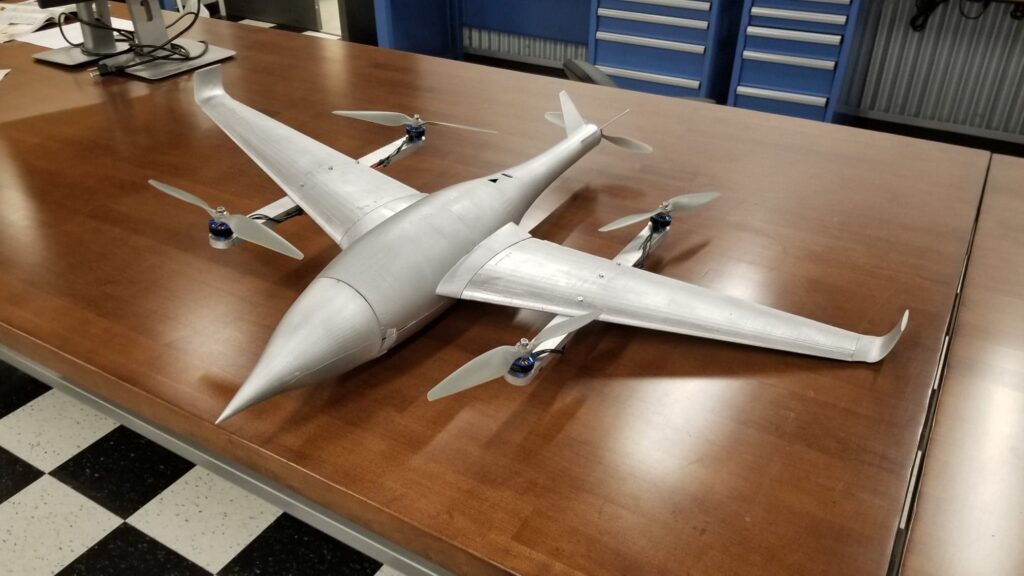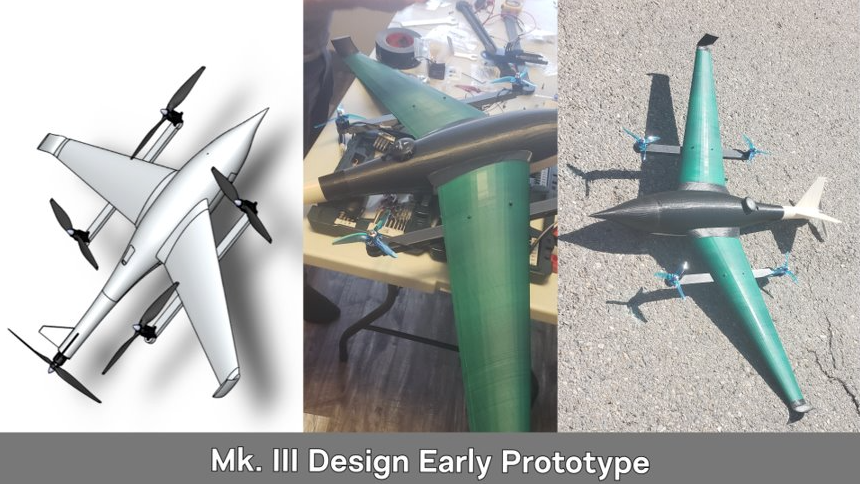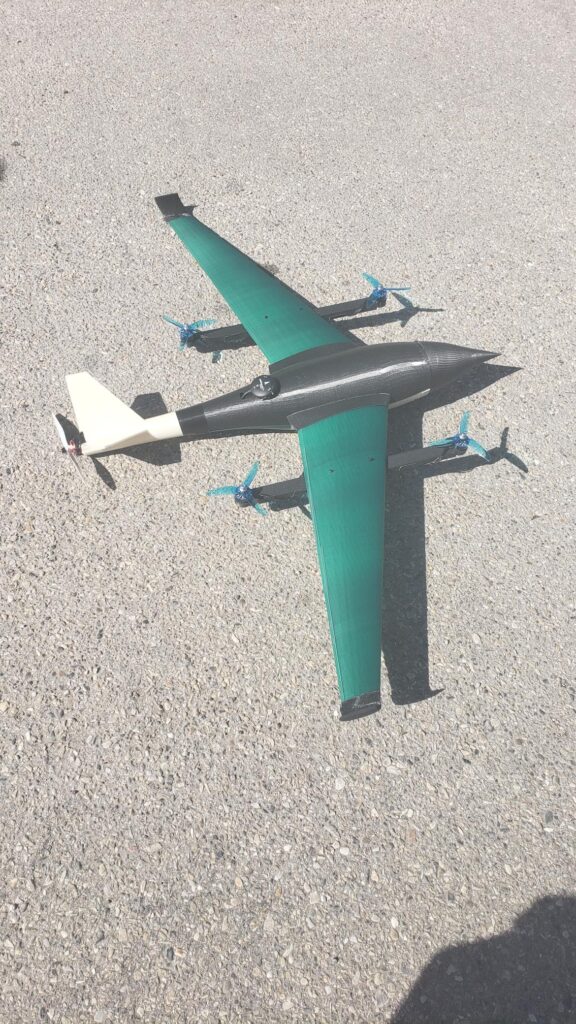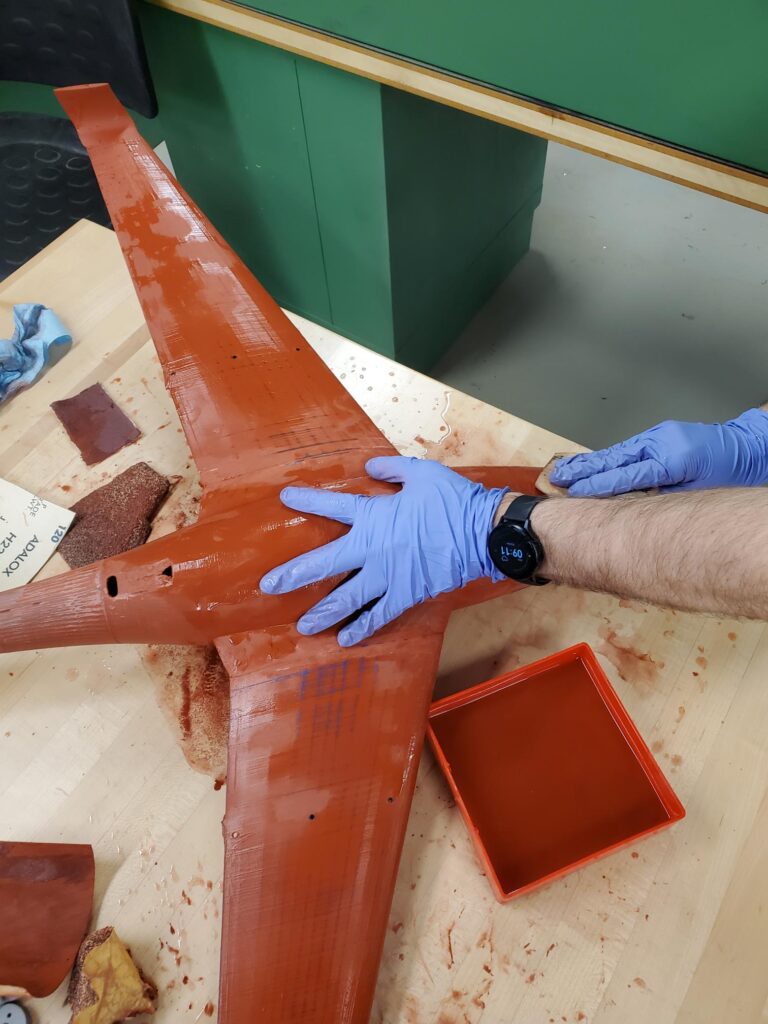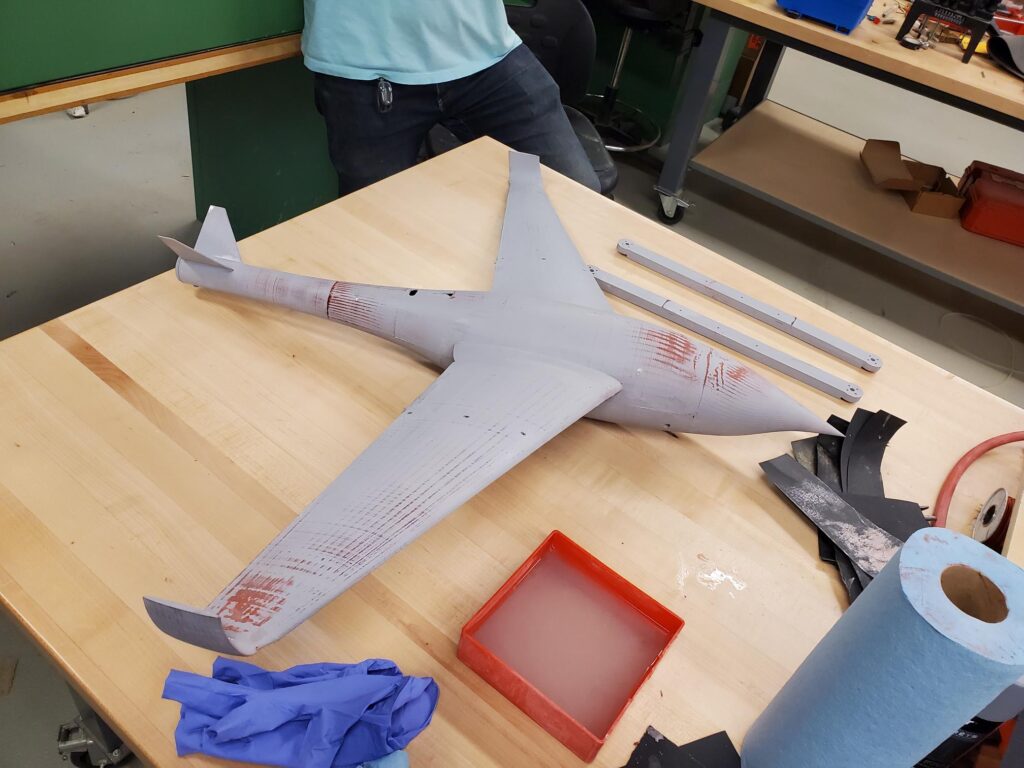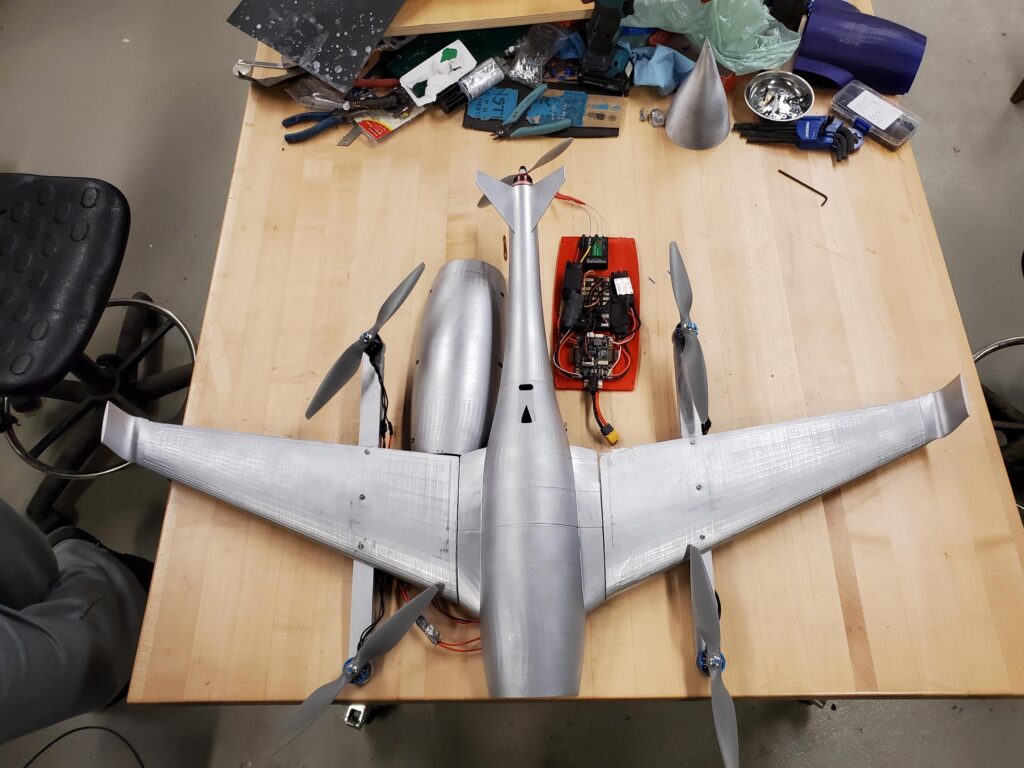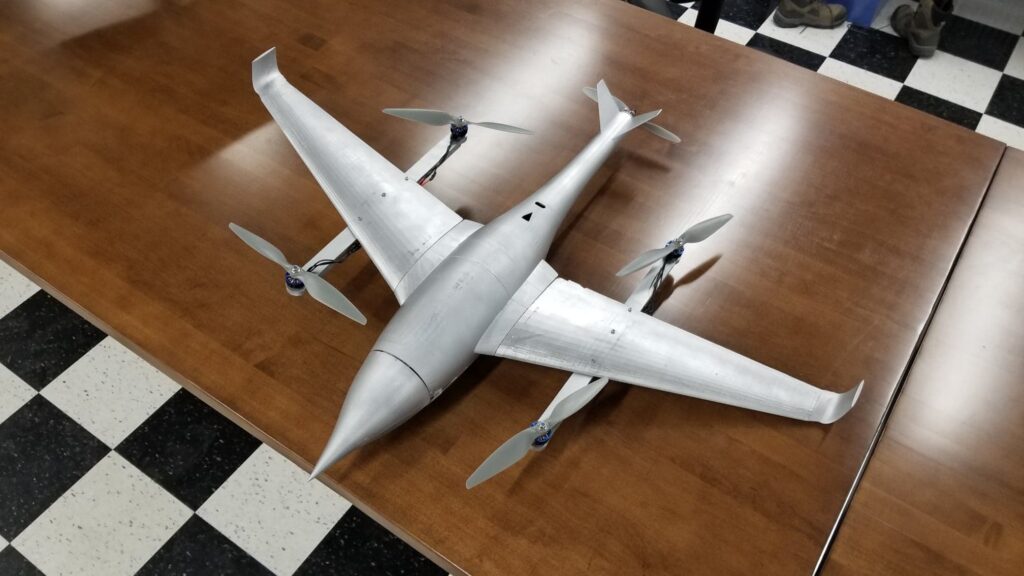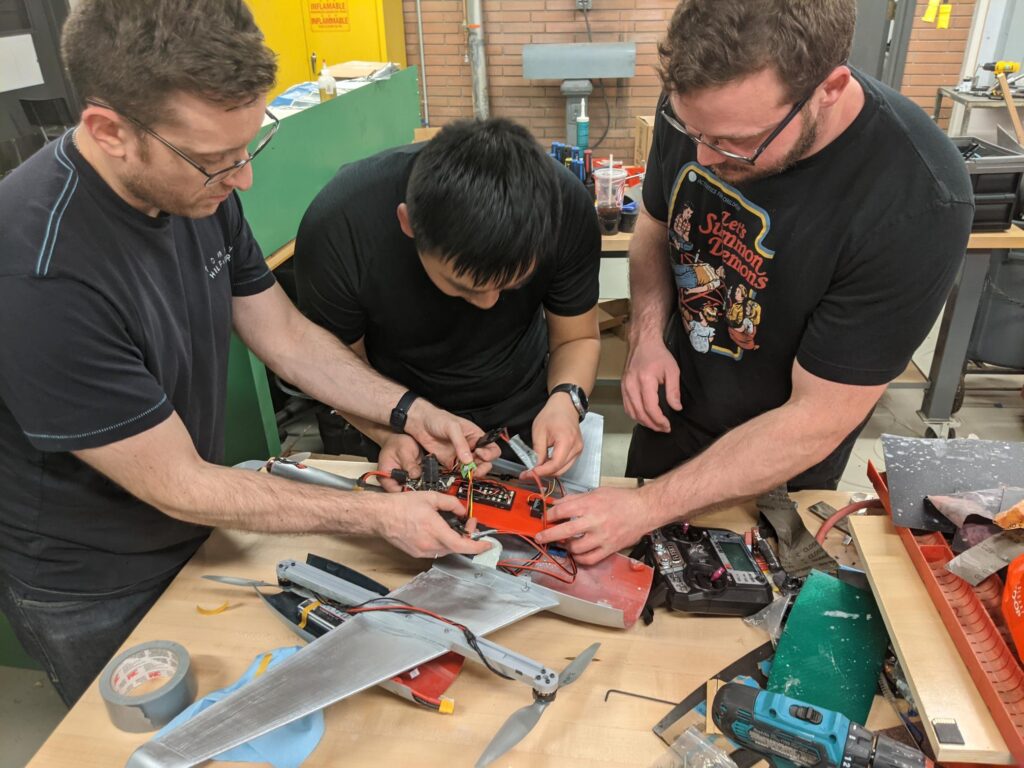Project Category: Entrepreneurial
Join us in person outside ENA 103 (Booth 3) for our live demonstration!
About our project
MRKS Aviation is proud to present the newest innovation in the drone technology space: The Tempest! ✈️
We are four ambitious entrepreneurial-minded engineers with a strong enthusiasm for drones, and are eager to apply our skills in our new start-up tech company.
As drone enthusiasts, we understand the wants and needs in this market space. We have identified a tremendous business opportunity with an innovative drone design. Commercially available RC (remote controlled) VTOL (vertical-take-off-and-landing) drones are prohibitively expensive for consumers, with the lowest cost options lacking advanced flight control features. Introducing a lower cost VTOL option fills an untapped market niche of a more accessible solution for hobbyists.
The Tempest is expected to retail to consumers at $1500 per kit. Designed as a direct-to-consumer, entry-level VTOL option for the consumer small drone market, the Tempest offers advanced features for the consumer at half of the price of the nearest competitor.
Meet our team members
Michael Nikitenko

Reece Stefanyshyn

Sheldon Glowatski
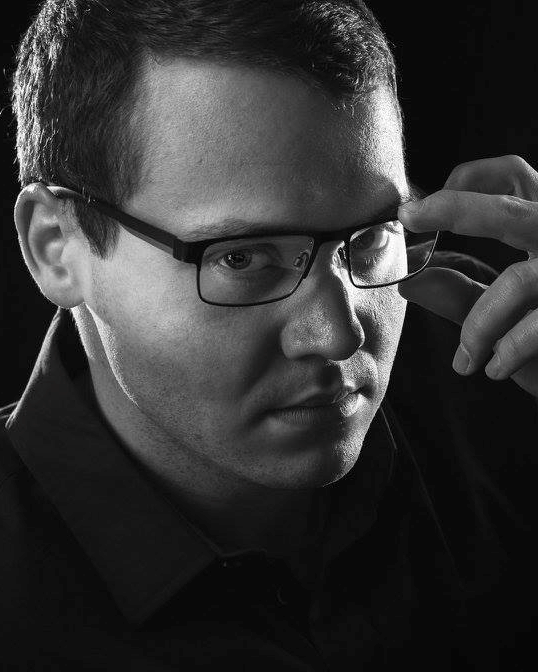
Kevin Le

Details about our design
HOW OUR DESIGN ADDRESSES PRACTICAL ISSUES
Unmanned aerial vehicles (UAVs), otherwise referred to more generally as drones, are a technology that have been gaining popularity as their applicable use cases have been rapidly expanding. Much of the development in the drone industry has been around quadcopters, however these designs have disadvantages. current developments have focused on fixed-wing vertical-take-off-or-landing (VTOL) drones, as they provide greater speed, range, and payload capacity.
Besides having strong attractiveness to drone hobbyists and tech enthusiasts, some of the other applicable use cases include: surveying, scanning, cargo delivery, agriculture, humanitarian missions, surveillance, and videography.
VTOL designs are further expanding commercial viability and the real-world applicability of drone technology. So what’s the problem? Commercial VTOL Drones are extremely expensive, cost of entry for consumers is significant., and an affordable VTOL drone does not yet exist for consumers.
The drone market is expected to grow from $30B USD (2020) to $55B USD by 2025. The small drone market is expected to reach $35.0B USD by 2027.
WHAT MAKES OUR DESIGN INNOVATIVE
Our flagship product will be a semi-autonomous, remote-controlled VTOL aircraft combining the range and speed of a fixed-wing setup with the convenience, speed of response, and utility of a quadcopter. Our drone is equipped with advanced features such as a first person-view camera system, semi-autonomous flight control, and GPS guidance.
Designed as a direct-to-consumer, entry-level VTOL option for the consumer small drone market, the Tempest offers advanced features for the consumer at half of the price of the nearest competitor. Customer interviews helped focus our design goals by eliminating unnecessary features and emphasizing flight time.
MRKS Aviation aims to create a platform for the end-user. The drone as a platform will be modifiable and customizable, either by MRKS Aviation as an after-sale service or by the end-user themselves, with the goal being to provide a powerful entry point into the drone technology sector for any consumer, no matter the scale.
The VTOL design removes the need for any form of runway and our flight controller can guide the drone between predetermined waypoints which may be modified during flight via two-way radio.
WHAT MAKES OUR DESIGN SOLUTION EFFECTIVE
MRKS Aviation has several competitive advantages that allow us to maintain a niche in the consumer drone market.
The first is our proprietary design; our flagship VTOL product has been designed and engineered in-house to fulfill an existing void in the consumer drone market. Utilizing aerodynamic simulations, wind tunnel testing, and rapid prototyping through 3D-printing has enabled the rapid development of our design to reach our design specifications. Importantly, we have engineered a novel and unique wing design that enables the product to achieve high energy efficiency.
The second is our patentable features. Elements such as our flight control have the stability and reliability from open-source flight controllers, but any modifications that tailor it to our product are licensed to MRKS. We eventually intend to fully replace the flight controller with a custom-made printed control board (PCB) that will significantly lower our costs.
The third is the modularity of our design. Our components have been rigorously tested to ensure that they work well with our product, and any additions that we plan on adding will undergo the same process. In addition, users can expect ease of use from the MRKS platform in thanks to the ability to quickly swap out components such as batteries, motors, or video systems. We utilize systems based on current standards and convention to ensure that our platform is highly accessible to consumers and existing technologies.
The Tempest has also been designed around enhancing the user experience. Shipped to the consumer ready-to-assemble to minimize shipping costs, the drone will have easy-to-follow instructions and can be constructed using basic tools.
HOW WE VALIDATED OUR DESIGN SOLUTION
Through product testing we were able to confirm our designs requirements. Flight tests were conducted to validate our cruising speeds, range, and flight time. In the event that criteria were not met our design was modified to achieve the desired performance.
Key considerations for airfoil design included the manufacturability, stall angle, lift-to-drag ratio, and overall performance at the expected final design airspeeds. To this extent, twelve airfoils were selected for initial assessment. The airfoil geometries were generated, and their coefficients of lift and drag were numerically evaluated in ANSYS Fluent. The best performing airfoils were analyzed in depth, with the FX 63-137 being the best design for our needs. This was further validated through wind tunnel testing.
To choose our motors, preliminary calculations were performed to determine the lift that was required from our product. Our goal was to achieve lift off at no more than 40% thrust, and our first motors chosen met this criteria. The electronics packaged employed in our design was methodically planned to maximize electrical power efficiency with the lowest possible weight.
Customer interviews with enthusiasts helped focus our design goals by eliminating unnecessary features and emphasizing flight time. We conducted a survey with sample size of 216 potential customers, and this showed us that half of all current drone owners were easily willing to spend at least $1500 on a new drone. First-person view and autopilot were the most sought after features, and so our current design reflects these interests.
FEASIBILITY OF OUR DESIGN SOLUTION
The VTOL UAV prototype is designed to suit a variety of customer needs and will be modifiable to suit consumer needs as an after sales service. The drone is available at a significantly lower price point than similar models and can perform similar autonomous operations. The simplistic yet effective design allows for the drone to be easily manufacturable, further decreasing the cost of our unit.
With our entrepreneurial experience, we are confident in having our product hit the market. Our goal is to complete our third prototype by April, engage manufacturers and suppliers by July, launch a Kickstarter campaign in December, all while continually improving our design. We are aiming to have first customer deliveries by June. Long-term, we want to grow, and we are excited about what the future has to bring.
We already have a working prototype, and we are confident in our business objective.
Partners and mentors
We would thank our technical advisor Sean Mason and our Launchpad coach Leo Mui for their invaluable guidance, our project would not be the same without it. We would also like to thank Hamidreza Zapeipour and our TA’s Cole and Manuel for their support.
Our photo gallery
